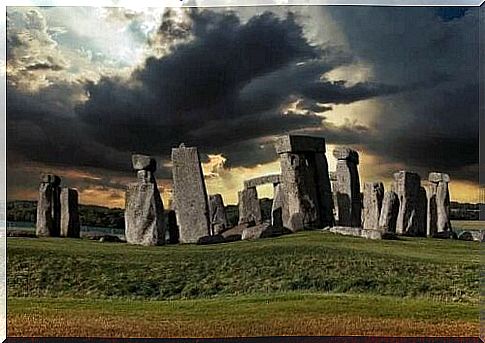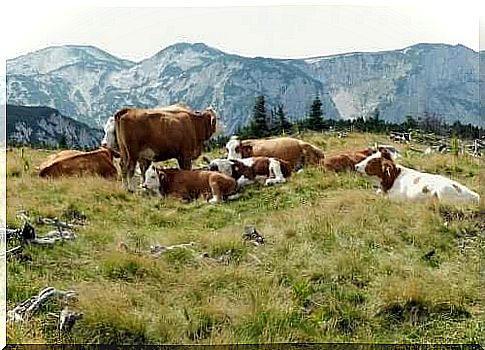Crises During The Neolithic Revolution

Humans evolve over time. Each generation is better than the previous. Each new invention leads to a better world. But is this really true? We are all aware of the current and past crises. But what about the oldest crises that happened back in the Stone Age with the Neolithic revolution?
The Stone Age stretches from 7000 BC. to approx. 4000 BC During this period, agriculture and livestock emerged. When we study this period in school, we get the impression that it was a great discovery that changed the fate of humanity.
We also believe that it was a step forward that everyone accepted. But it was actually not like that. Not everyone accepted this change. Some people first adopted agriculture and livestock many years later, as they still preferred to be hunters and gatherers.

Division of the Stone Age
The Stone Age is one of the most unknown periods in the Stone Age and human history, despite the fact that it is also one of the most important.
In the Stone Age, the foundation of the world emerged, which includes, among other things, livestock and agriculture, war, property, writing and the distribution of power. However, one can also say that the problems of mankind began during this period.
During this period, humanity began to transform their environment and adapt it to their needs. As a result, the population grew exponentially.
What we learn about the Stone Age in school
The essayist, Yuval Noah Harari, declared that the Stone Age was the greatest fraud in history: “Instead of ushering in a new era of easy living, the agricultural revolution left farmers with a life that was generally more difficult and less satisfying than that of hunter-gatherers . “
Life as a hunter-gatherer was better. Before this revolution, scientists believe that humans did not stress so much due to lack of food. Their diet was more nutritious and they did not participate in war. They only started getting sick when they lived close to animals.
In schools, students are told that the Neolithic revolution made it possible for people to eradicate hunger as they learned to tame plants and animals and create cities. However, this is wrong. Many farming communities abandoned this revolution and returned to the hunter-gatherer lifestyle.
They also adopted agriculture on several occasions. Various natural disasters, such as epidemics, deforestation or saline in the soil, alienated these cycles. For 5000 years, they went from one to the other depending on the environmental conditions.

What the Neolithic Revolution left us
The Neolithic revolution left a clear message: A well-regulated and transformed natural environment can provide food for many people. But man has changed this message.
Some examples include the irrational exploitation of the environment, stocks of seeds, social inequalities, and overlords who rule over the weakest. Humans have never managed to live in harmony as they refuse to share what they have with each other.
The idea of a single Neolithic revolution in the Middle East has since been rejected. Instead, scientists believe there were several simultaneous revolutions. There was wheat in the Middle East, rice in China and corn in America. All were part of the agricultural revolution, which, thanks to the migration of the first peasants, eventually reached Europe.
The Neolithic revolution caused unprecedented population growth. It led to human migration as well as migration of ideas and materials. Although we do not know much about the Stone Age as a period, we are sure that it changed everything.









